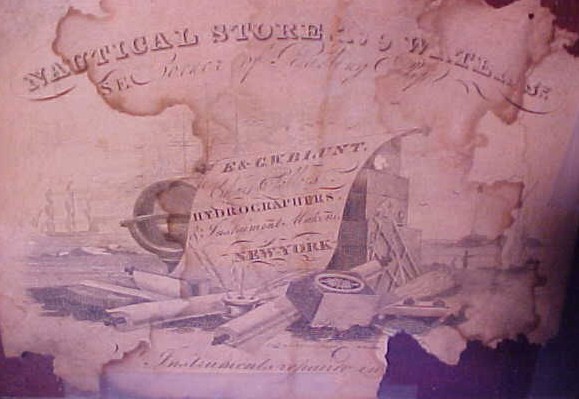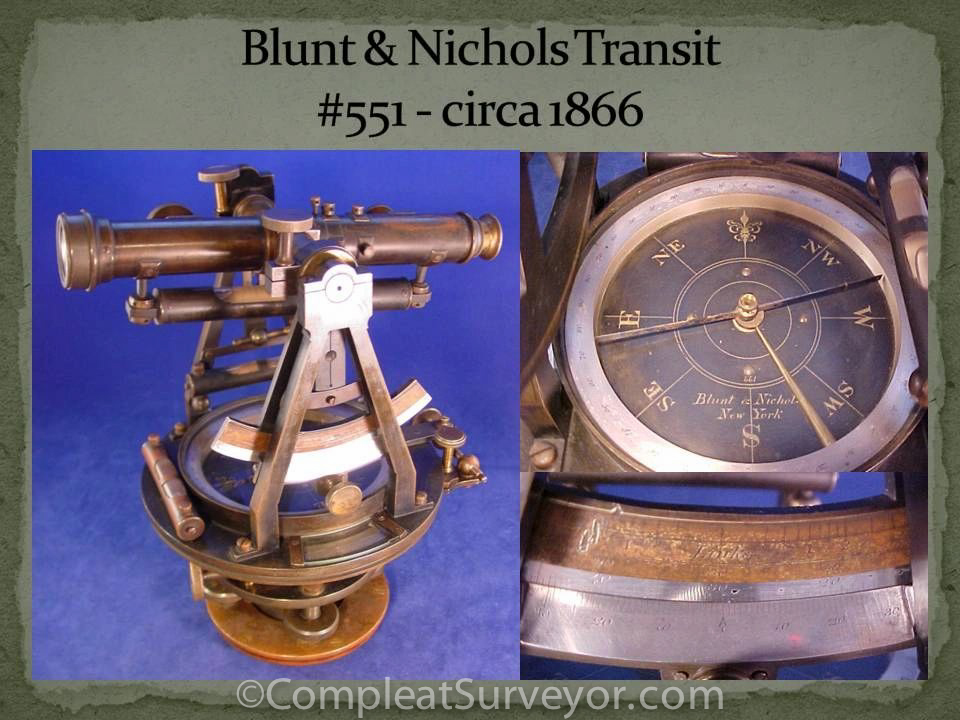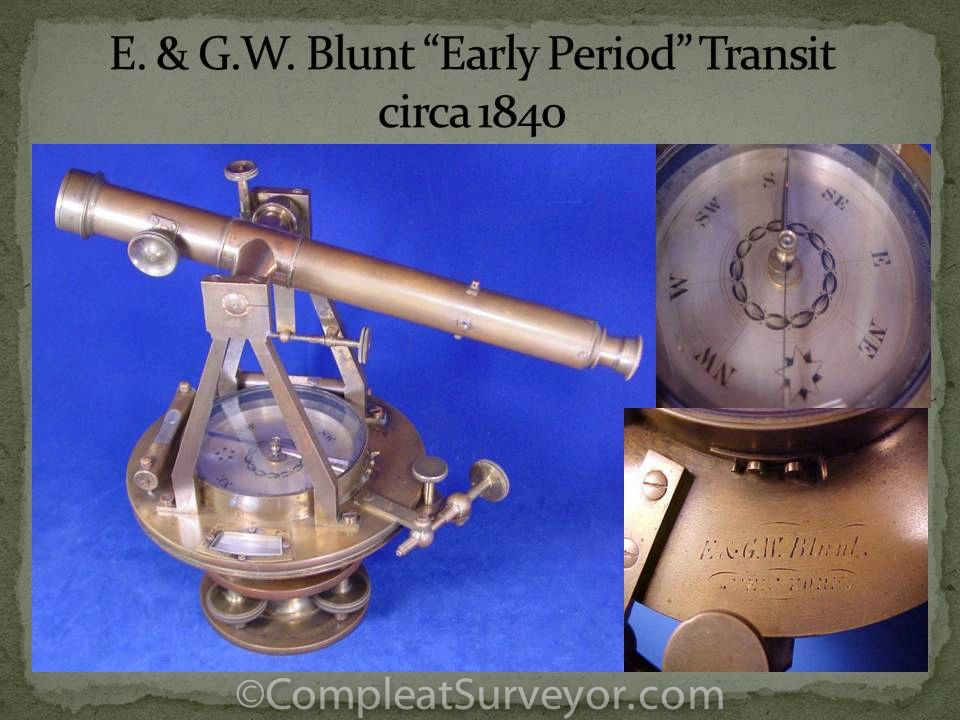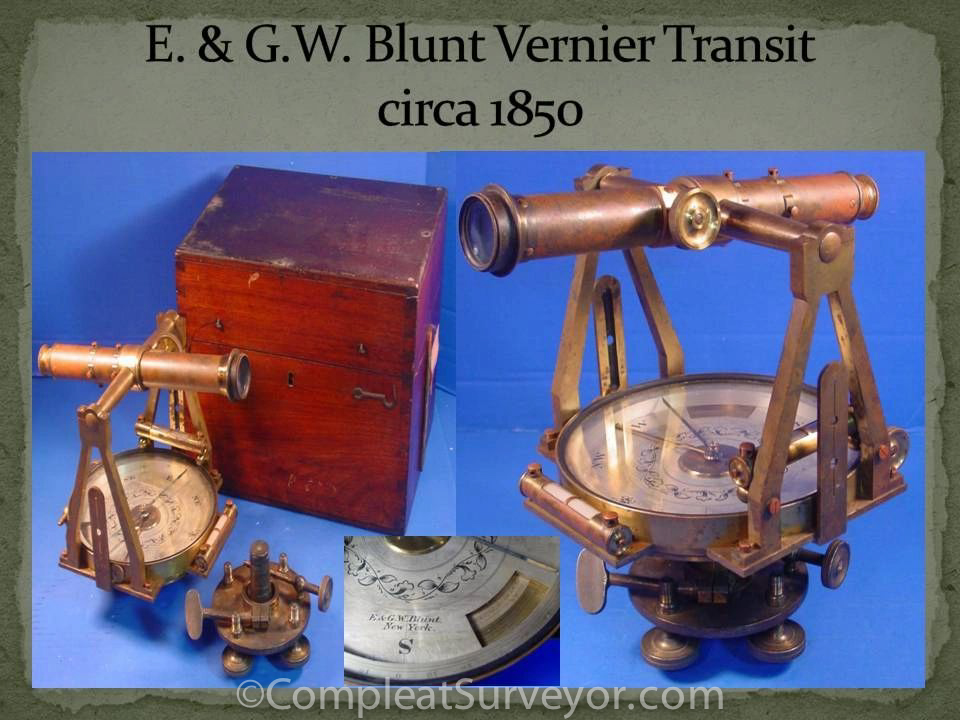
Blunt
History
The Blunt’s
1793-1885
Edmund March Blunt (1770-1862) opened a nautical bookstore in Newburyport, MA., in 1793, published the first edition of The American Coast Pilot in 1796, and the first edition of The Practical Navigator in 1799. In 1802 he brought out the first edition of The New American Practical Navigator, the landmark book by Nathaniel Bowditch that taught countless Americans how to observe with octants and sextants and how to determine longitude with the lunar distance method. Blunt moved to New York in 1802, opened a shop at the Sign of the Quadrant, published and sold nautical books and charts, and sold and repaired nautical instruments.
Edmund Blunt was born in Newburyport, Massachusetts in 1799 and died in Brooklyn, New York in 1866, and his brother George William Blunt was born in Newburyport in 1802 and died in Brooklyn, in 1878. When the father retired in 1822, the store was first taken over by his son-in-law, William Hooker, then Blunt's sons opened their own shop in New York in 1824.
Edmund and George William and the firm became E. & G. W. Blunt. They began trading as E. & G. W. Blunt and offering nautical books, charts, and instruments. Edmund worked with the Coast Survey as First Assistant from 1833 until his death in 1866. He built a dividing engine in 1831 and another in 1851 which was completed in 1857. After the completion of the 2nd engine, Blunt began producing instruments for the Coast Survey instead of importing them. The Blunts began advertising "Sextants, Quadrants, &c. of American manufacture."
During their existence the Blunts produced maps and during the Civil War provided the Union Army with detailed maps of militarily active areas. Edmund had two sons, Edmund Junior, born in 1842, and William Sinclair, born in 1837. Both were of a ripe age for service in the Civil War. Edmund Jr. served as a Captain in the Fifth New York Cavalry and it is probable that he was involved with initial reconnaissance for data needed to produce the maps by his father's company, the firm may have produced instruments for that purpose. The other son served on the
U.S.S. Saranac.
After the death of his father in 1866, Edmund, Jr., went into partnership with F.M. Nash and John Nichols, the firm became Blunt & Nichols in 1866. The name of "Blunt & Nichols" was short-lived, however, and was dissolved after only two years in 1868. In 1868 Edmund, Jr. then established the New York Optical works and "Blunt & Company" the latter was in use as late as 1872. The company was purchased by Frederick Eckel, a German immigrant, in 1873. About 1885 the name was changed to Kolesch & Co.
Labels

Articles
Additional Pictures




© 2020 Russ Uzes/Contact Me